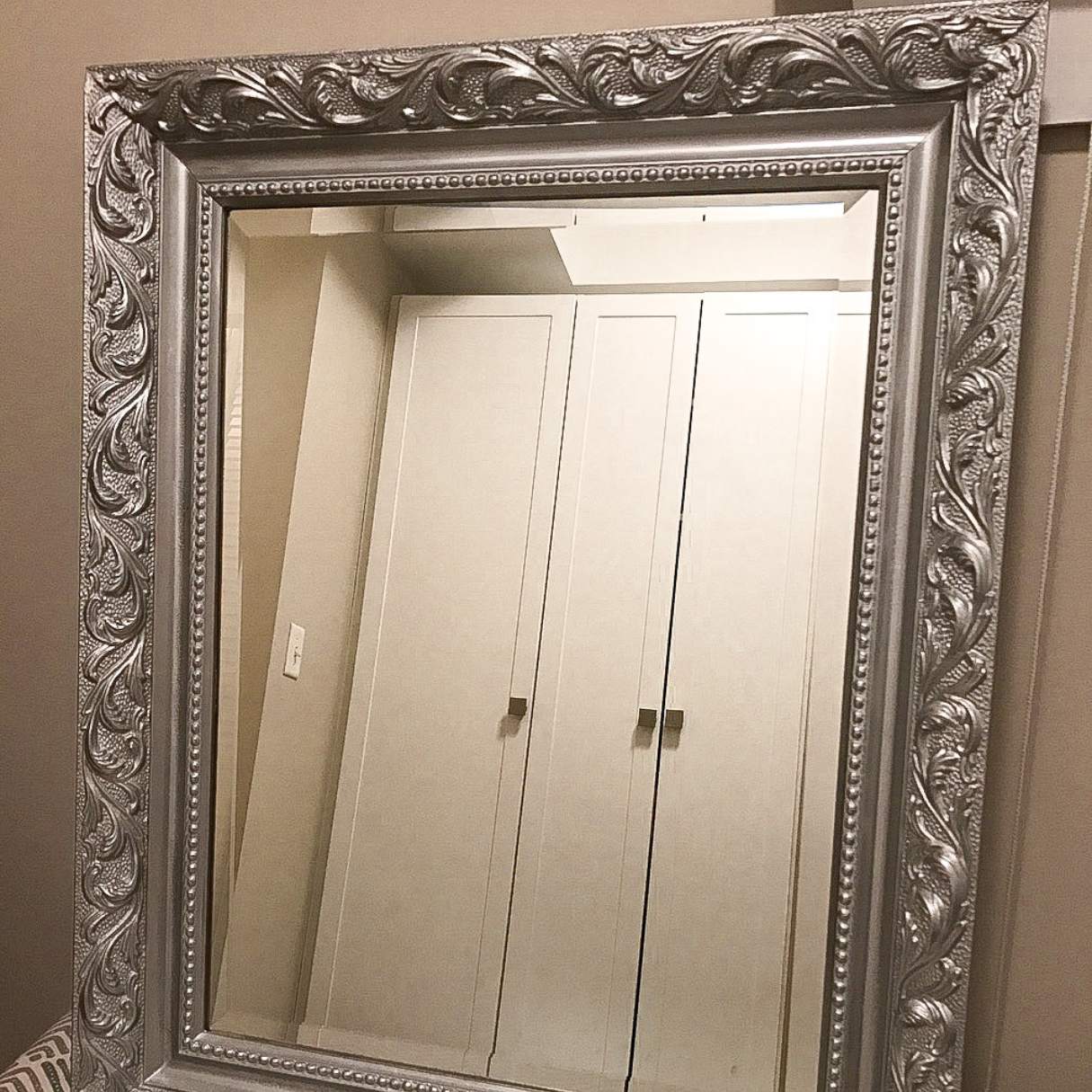

Articles
How To Get Paint Off Of Mirrors
Modified: August 30, 2024
Learn effective techniques to remove paint from mirrors with our informative articles. Discover step-by-step methods for restoring mirror clarity and shine.
(Many of the links in this article redirect to a specific reviewed product. Your purchase of these products through affiliate links helps to generate commission for Storables.com, at no extra cost. Learn more)
Introduction
Painting can be a fun and creative way to beautify your living space. However, accidents happen, and sometimes paint ends up where it shouldn’t, like on your mirrors. Whether it’s a small splatter or a full-on paint job gone wrong, getting paint off mirrors may seem like a daunting task.
Fortunately, there are several effective methods for removing paint from mirrors. In this article, we’ll explore ten different techniques that can help you restore your mirrors to their original pristine condition. From simple household items to specialized products, you’re sure to find a method that works for you.
Before embarking on any paint removal method, it’s essential to test the chosen method on a small inconspicuous area of the mirror to ensure it doesn’t damage or scratch the surface. Additionally, it’s crucial to take safety precautions, such as wearing gloves and working in a well-ventilated area.
Now, let’s dive into the different methods you can use to safely and effectively get paint off your mirrors. Remember, patience and a gentle touch are key to avoid causing any further damage.
Key Takeaways:
- Easily remove paint from mirrors using common household items like soap, vinegar, and baking soda, ensuring a gentle touch and patience to avoid damaging the mirror surface.
- For stubborn paint stains, consider using specialized products like rubbing alcohol, mineral spirits, or commercial paint removers, always prioritizing safety and testing on a small area first.
Read more: How To Get Paint Off Of Paint Brushes
Method 1: Using Soap and Water
One of the simplest and most readily available methods for removing paint from mirrors is using a mixture of soap and water. This method is particularly effective for fresh or water-based paints.
To begin, gather the following materials:
- Mild dish soap
- Bowl of warm water
- Soft cloth or sponge
Here’s a step-by-step guide on how to use soap and water to remove paint from mirrors:
- Start by dampening the cloth or sponge in the warm water.
- Add a few drops of mild dish soap to the cloth or sponge, and gently mix it in.
- Gently rub the soapy cloth or sponge on the painted area of the mirror. Apply light pressure and make small circular motions.
- Rinse the cloth or sponge with clean water and continue to gently rub the painted area.
- Repeat the process until the paint starts to loosen and come off.
- Once the paint is removed, rinse the mirror thoroughly with clean water to remove any soap residue.
- Dry the mirror with a soft, lint-free cloth to prevent water spots.
This method is ideal for small paint splatters or light layers of paint. However, if the paint is stubborn or heavily baked onto the mirror, you may need to try more potent paint-removing methods.
Remember, always test the soap and water method on a small area of the mirror first to ensure it doesn’t cause any damage or scratching. If you notice any adverse effects, discontinue use and explore alternative methods.
Method 2: Using Vinegar and Water Solution
If you’re dealing with dried or stubborn paint on your mirror, using a vinegar and water solution can be an effective solution. Vinegar is known for its natural cleaning properties and can help break down the paint.
Here’s what you’ll need for this method:
- White vinegar
- Water
- Spray bottle
- Soft cloth or sponge
Follow these steps to use vinegar and water to remove paint from your mirror:
- Mix equal parts white vinegar and water in a spray bottle. Shake the bottle to thoroughly combine the solution.
- Spray the vinegar and water mixture directly onto the painted area of the mirror.
- Allow the solution to sit on the paint for a few minutes to soften it.
- Gently scrub the painted area with a soft cloth or sponge. Use circular motions and apply light pressure.
- If necessary, reapply the vinegar and water solution and continue scrubbing until the paint is fully removed.
- Once the paint is gone, rinse the mirror with clean water to remove any vinegar residue.
- Dry the mirror with a soft, lint-free cloth to prevent streaks.
It’s important to note that vinegar may have a strong odor, so ensure the room is well-ventilated while using this method. Additionally, avoid using vinegar on mirrors with delicate surfaces or coatings, as it may cause damage.
Using vinegar and water is an eco-friendly and budget-friendly option for removing paint from mirrors. However, if the paint persists, you may need to explore other methods or consider seeking professional assistance.
Method 3: Using Rubbing Alcohol
Rubbing alcohol, also known as isopropyl alcohol, is a versatile and effective solvent that can help remove paint from mirrors. It is particularly useful for removing oil-based paints or stubborn paint stains.
Here’s what you’ll need:
- Rubbing alcohol (isopropyl alcohol)
- Cotton balls or soft cloth
Follow these steps to use rubbing alcohol to remove paint from your mirror:
- Moisten a cotton ball or a soft cloth with rubbing alcohol.
- Gently rub the alcohol-soaked cotton ball or cloth on the painted area of the mirror. Work in small circular motions.
- Apply light pressure while rubbing to help lift the paint off the mirror.
- If necessary, reapply rubbing alcohol to the cotton ball or cloth and continue rubbing until the paint is completely removed.
- Once the paint is gone, rinse the mirror with clean water to remove any residual alcohol.
- Dry the mirror with a soft, lint-free cloth to avoid streaks.
It’s important to note that rubbing alcohol is flammable, so exercise caution when using it. Make sure to work in a well-ventilated area and keep the alcohol away from open flames or sparks.
If rubbing alcohol doesn’t completely remove the paint, you can combine it with other methods, such as using a razor blade or a commercial paint remover, to tackle more stubborn paint stains.
Always test the rubbing alcohol on a small, inconspicuous area of the mirror first to ensure it doesn’t cause any damage or discoloration.
Method 4: Using Non-acetone Nail Polish Remover
If you have a small paint stain on your mirror, non-acetone nail polish remover can be an effective option for removing it. Non-acetone nail polish removers are gentler and less harsh on surfaces, making them suitable for delicate mirrors.
Here’s what you’ll need:
- Non-acetone nail polish remover
- Cotton balls or soft cloth
Follow these steps to use non-acetone nail polish remover to remove paint from your mirror:
- Moisten a cotton ball or a soft cloth with non-acetone nail polish remover.
- Gently rub the nail polish remover-soaked cotton ball or cloth on the painted area of the mirror.
- Apply light pressure while rubbing to help dissolve and lift the paint off the mirror.
- If necessary, reapply non-acetone nail polish remover to the cotton ball or cloth and continue rubbing until the paint is completely removed.
- Once the paint is gone, rinse the mirror with clean water to remove any residue from the nail polish remover.
- Dry the mirror with a soft, lint-free cloth to avoid streaks.
Non-acetone nail polish remover is generally considered safer for use on mirrors, but it’s still important to be cautious. Test the nail polish remover on a small, inconspicuous area of the mirror first to ensure it doesn’t cause any damage or discoloration.
If the paint stain is particularly stubborn or covers a large area, you may need to try other methods or consult a professional for assistance.
Read more: How To Get Paint Off Countertops
Method 5: Using Mineral Spirits
When dealing with tough or dried paint on mirrors, mineral spirits can be a powerful solvent to help dissolve and remove the paint. Mineral spirits, also known as white spirits, are commonly used as a paint thinner and cleaner.
Here’s what you’ll need:
- Mineral spirits
- Cotton balls or soft cloth
Follow these steps to use mineral spirits to remove paint from your mirror:
- Dampen a cotton ball or a soft cloth with mineral spirits.
- Gently rub the mineral spirit-soaked cotton ball or cloth on the painted area of the mirror.
- Apply light pressure while rubbing to help dissolve and lift the paint off the mirror.
- If necessary, reapply mineral spirits to the cotton ball or cloth and continue rubbing until the paint is completely removed.
- Once the paint is gone, rinse the mirror with clean water to remove any residual mineral spirits.
- Dry the mirror with a soft, lint-free cloth to prevent streaks.
Mineral spirits are potent solvents, so it’s important to use them in a well-ventilated area. Avoid prolonged exposure to the fumes and keep them away from open flames or sparks.
Before using mineral spirits, test them on a small, inconspicuous area of the mirror to ensure they don’t cause any damage or discoloration.
If the paint stain persists even after using mineral spirits, consider seeking professional help or exploring more aggressive paint removal techniques.
Use a razor blade to carefully scrape off the dried paint from the mirror surface. Be gentle to avoid scratching the glass.
Method 6: Using Razor Blade
If you’re dealing with stubborn paint on your mirror, using a razor blade can be an effective method to remove it. This method should be used with caution and is best suited for flat or smooth surfaces to avoid scratching the mirror.
Here’s what you’ll need:
- Razor blade (single-edge)
- Water or glass cleaner
- Soft cloth
Follow these steps to use a razor blade to remove paint from your mirror:
- Wet the painted area with water or spray some glass cleaner to lubricate the surface.
- Hold the razor blade at a shallow angle (around 30 degrees) against the painted area of the mirror.
- Gently and carefully scrape the paint using short and controlled strokes. Do not apply too much pressure to avoid scratching the mirror surface.
- Continue scraping until the paint is removed. It may take several passes to completely remove all traces of paint.
- Wipe the mirror with a soft cloth to remove any residue or particles.
- Clean the mirror with glass cleaner and a soft cloth to restore its shine.
It’s important to exercise caution when using a razor blade, as improper handling can lead to injuries or damage to the mirror. Always work in a well-lit area and take your time to ensure a safe and effective paint removal process.
This method is best suited for larger areas with thick paint, but it may not be suitable for delicate or coated mirrors. Test the razor blade on a small, inconspicuous area of the mirror first to ensure it doesn’t cause any damage.
If you’re uncomfortable using a razor blade or the paint is resistant, consider trying other methods or seeking professional assistance.
Method 7: Using Baking Soda Paste
If you prefer a natural and gentle approach to removing paint from mirrors, using a baking soda paste can be an effective solution. Baking soda is a mild abrasive that can help lift and remove paint without causing damage to the mirror surface.
Here’s what you’ll need:
- Baking soda
- Water
- Soft cloth or sponge
Follow these steps to use a baking soda paste to remove paint from your mirror:
- In a small bowl, combine baking soda with enough water to form a thick paste.
- Apply the baking soda paste directly to the painted area of the mirror.
- Gently rub the paste onto the paint using a soft cloth or sponge.
- Continue rubbing in circular motions, applying light pressure, until the paint starts to loosen and lift off.
- Rinse the mirror with clean water to remove any residual paste.
- Dry the mirror with a soft, lint-free cloth to prevent streaks.
The baking soda paste is particularly effective for water-based or latex paint. It may not be as effective on oil-based or stubborn paint stains. In such cases, you may need to try other methods or consult a professional for assistance.
Baking soda is safe to use on most mirrors, but it’s always a good idea to test it on a small, inconspicuous area first to ensure it doesn’t cause any damage or scratching.
This method is eco-friendly and budget-friendly, making it a great option for those who prefer natural solutions for paint removal.
Method 8: Using WD-40
If you’re wondering how to remove paint from mirrors effectively, WD-40 can be a surprising solution. WD-40 is a multipurpose lubricant that can also help dissolve and remove paint stains from mirrors.
Here’s what you’ll need:
- WD-40 spray
- Soft cloth or sponge
Follow these steps to use WD-40 to remove paint from your mirror:
- Spray a small amount of WD-40 directly on the painted area of the mirror.
- Allow the WD-40 to sit on the paint for a few minutes to soften it.
- Gently rub the area with a soft cloth or sponge, applying light pressure to lift off the paint.
- If necessary, reapply WD-40 and continue rubbing until the paint is completely removed.
- Once the paint is gone, rinse the mirror with clean water to remove any residue from the WD-40.
- Dry the mirror with a soft, lint-free cloth to prevent streaks.
WD-40 is known for its lubricating properties, so it’s important to clean the mirror thoroughly after using it to avoid leaving any oily residue behind.
While WD-40 can be effective in removing paint from mirrors, it’s recommended to test it on a small, inconspicuous area first to ensure it doesn’t cause any damage or discoloration.
This method is most suitable for small paint stains or splatters. If you’re dealing with a larger painted area or stubborn paint, you may need to explore other methods or consider seeking professional assistance.
Read more: How To Get Paint Off Grass
Method 9: Using Commercial Paint Remover
When it comes to effectively removing stubborn or heavy paint from mirrors, a commercial paint remover can be a powerful solution. These products are specifically formulated to break down and dissolve paint, making the removal process much easier.
Here’s what you’ll need:
- Commercial paint remover (check for one suitable for mirrors)
- Protective gloves
- Eye protection
- Soft cloth or sponge
Please note: When using commercial paint removers, it’s crucial to read and follow the manufacturer’s instructions and safety guidelines. These products contain strong chemicals that can be harmful if not used properly.
Follow these general steps to use a commercial paint remover on your mirror:
- Put on protective gloves and eye protection to shield yourself from the chemicals.
- Apply the commercial paint remover to a soft cloth or sponge according to the instructions on the product’s packaging.
- Gently rub the paint remover-soaked cloth or sponge onto the painted area of the mirror.
- Allow the paint remover to sit on the paint for the recommended amount of time specified by the manufacturer.
- Using the cloth or sponge, scrub the painted area to help lift off the dissolved paint.
- Rinse the mirror with clean water to remove any remaining paint remover residue.
- Dry the mirror with a soft, lint-free cloth to prevent streaks.
It’s essential to ensure proper ventilation when using commercial paint removers due to the strong fumes they may emit. Follow any additional safety precautions mentioned on the product’s packaging.
When using a commercial paint remover, be mindful of the duration of exposure to the chemical on the mirror surface. If you notice any adverse effects or damage to the mirror, stop using the product immediately.
If you’re unsure about using a commercial paint remover or dealing with a delicate mirror surface, it’s recommended to seek professional assistance to ensure safe and effective paint removal.
Method 10: Using Warm Soapy Water and a Magic Eraser
If you’re looking for a simple yet effective method to remove paint from mirrors, using warm soapy water and a magic eraser can be a great option. The combination of gentle scrubbing and the abrasive properties of the magic eraser can help lift and remove paint stains from the mirror surface.
Here’s what you’ll need:
- Warm water
- Mild dish soap
- Magic eraser
- Soft cloth
Follow these steps to use warm soapy water and a magic eraser to remove paint from your mirror:
- In a bowl, mix warm water with a small amount of mild dish soap to create a soapy solution.
- Dampen the magic eraser in the soapy water.
- Gently scrub the painted area of the mirror using the magic eraser. Apply light pressure and make small circular motions.
- Continue scrubbing until the paint starts to lift off the mirror.
- Rinse the mirror with clean water to remove any soapy residue.
- Dry the mirror with a soft cloth to avoid streaks.
When using a magic eraser, it’s important to be cautious and use gentle pressure to prevent scratching or damaging the mirror surface. Test the magic eraser on a small, inconspicuous area first to ensure it doesn’t cause any damage.
This method is suitable for small to moderate-sized paint stains. For larger or more stubborn paint stains, you may need to explore other methods or seek professional assistance.
Using warm soapy water and a magic eraser is an affordable and accessible option for paint removal, and it can be a handy technique to have in your DIY arsenal.
Conclusion
Removing paint from mirrors may initially seem like a challenging task, but with the right methods and techniques, you can restore your mirrors to their original shine. Whether you’re dealing with small paint splatters or heavy layers of paint, there are various approaches you can take to achieve a paint-free mirror surface.
In this article, we explored ten different methods for removing paint from mirrors. From simple household ingredients like soap and water, vinegar, rubbing alcohol, and baking soda paste to specialized products like non-acetone nail polish remover, mineral spirits, WD-40, commercial paint remover, warm soapy water, and a magic eraser, each technique offers its own unique advantages.
It is crucial to read and follow the instructions of the method you choose and take necessary safety precautions. Always test any method on a small inconspicuous area of the mirror first to ensure it doesn’t cause any damage or discoloration. Additionally, consider the type of paint (water-based, oil-based) and the condition of the paint (fresh, dried) when selecting the most suitable method.
Remember to approach the paint removal process with patience and a gentle touch. Avoid using excessive force or abrasive materials that could potentially scratch or damage the mirror surface. If you’re dealing with a particularly stubborn paint stain or you’re uncertain about the right approach, don’t hesitate to seek professional assistance to ensure safe and effective paint removal.
Ultimately, by following these methods and precautions, you can successfully remove paint from your mirrors and restore their beauty and functionality. Enjoy the process, and may your mirrors shine brightly once again!
Now that you've tackled the challenge of removing paint from mirrors, why not dive into more home care tips? Our next guide, What Home Maintenance Should I Do, offers practical advice on keeping your living space in top shape. From routine checks to seasonal updates, learn how to maintain your home efficiently. This article provides you with all the essential steps to ensure your home remains a comfortable and safe haven for years to come.
Frequently Asked Questions about How To Get Paint Off Of Mirrors
Was this page helpful?
At Storables.com, we guarantee accurate and reliable information. Our content, validated by Expert Board Contributors, is crafted following stringent Editorial Policies. We're committed to providing you with well-researched, expert-backed insights for all your informational needs.
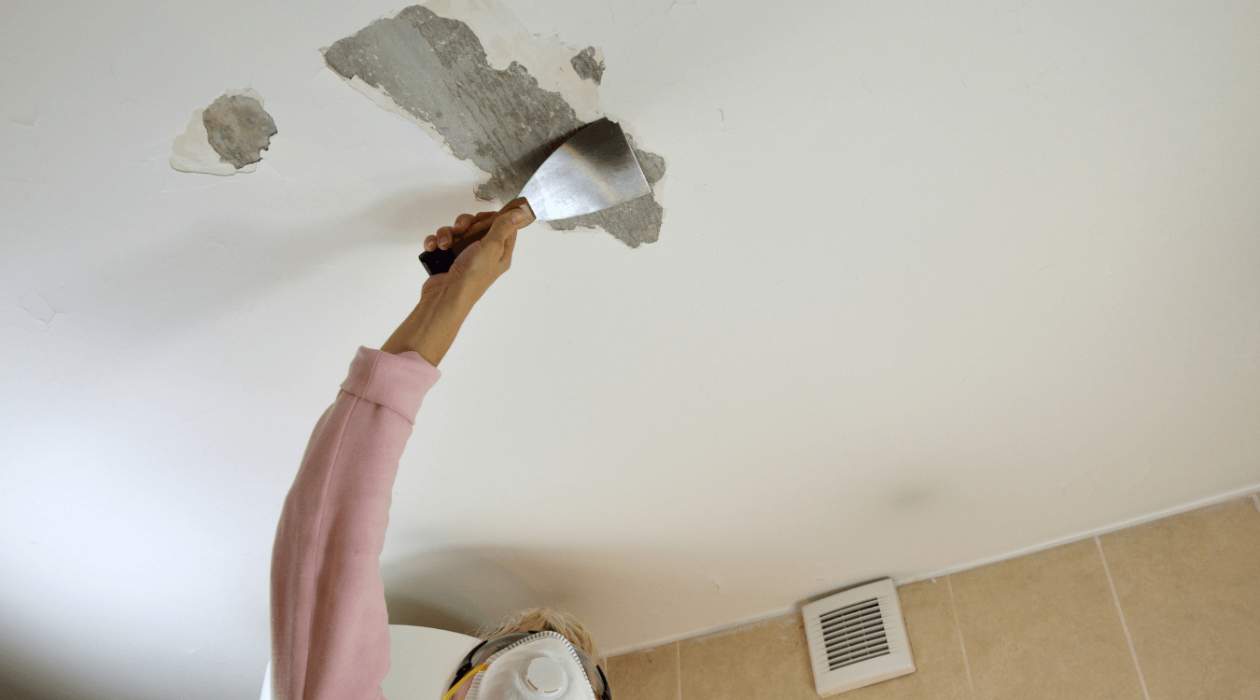
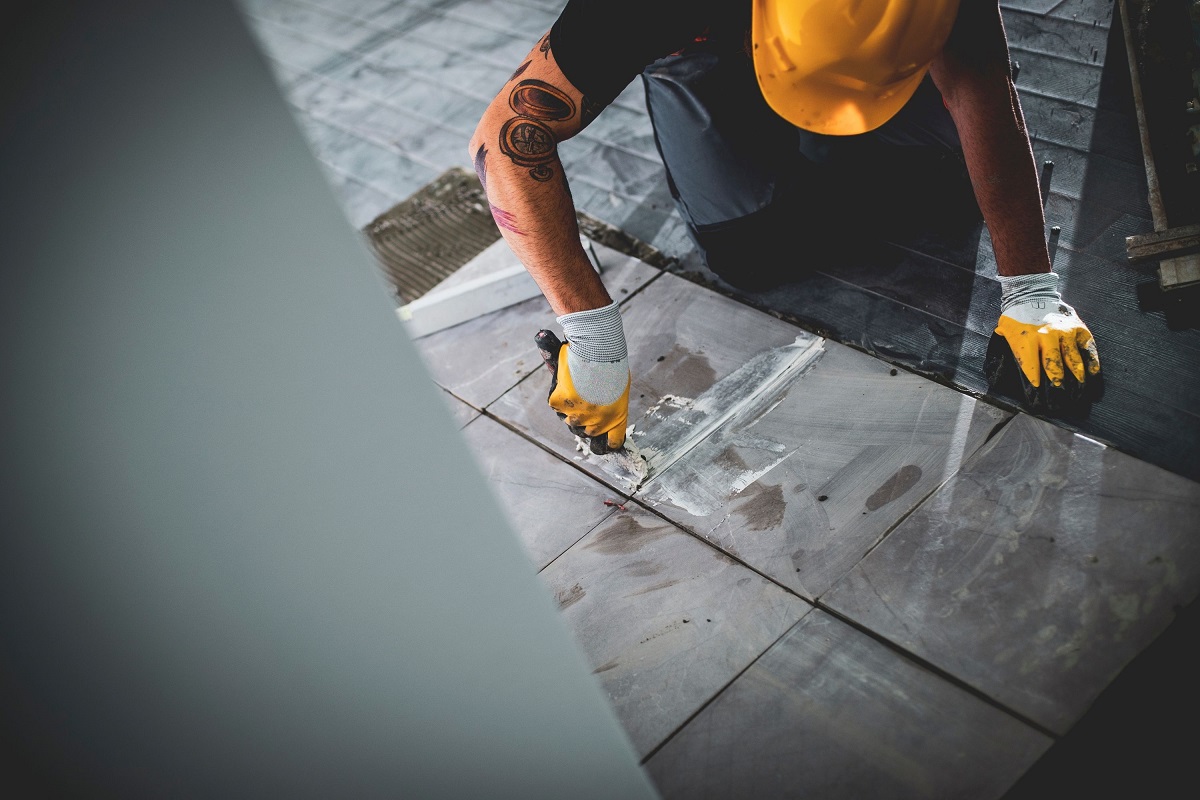
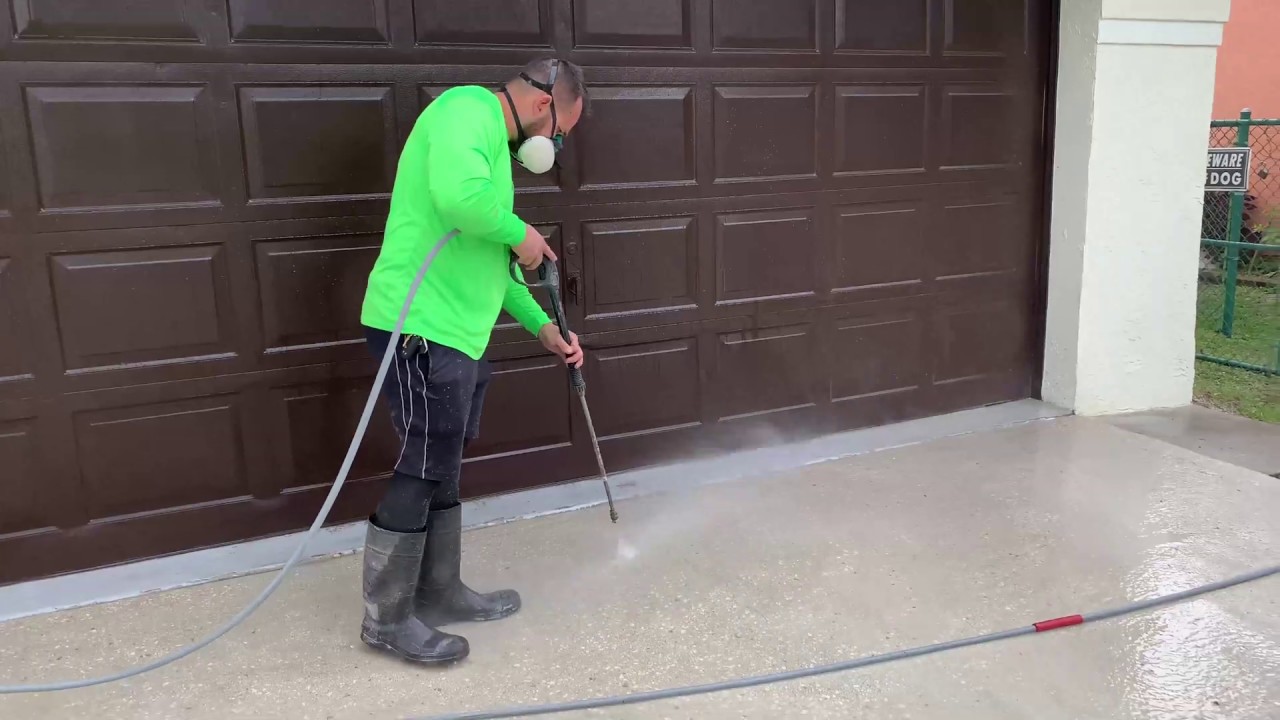
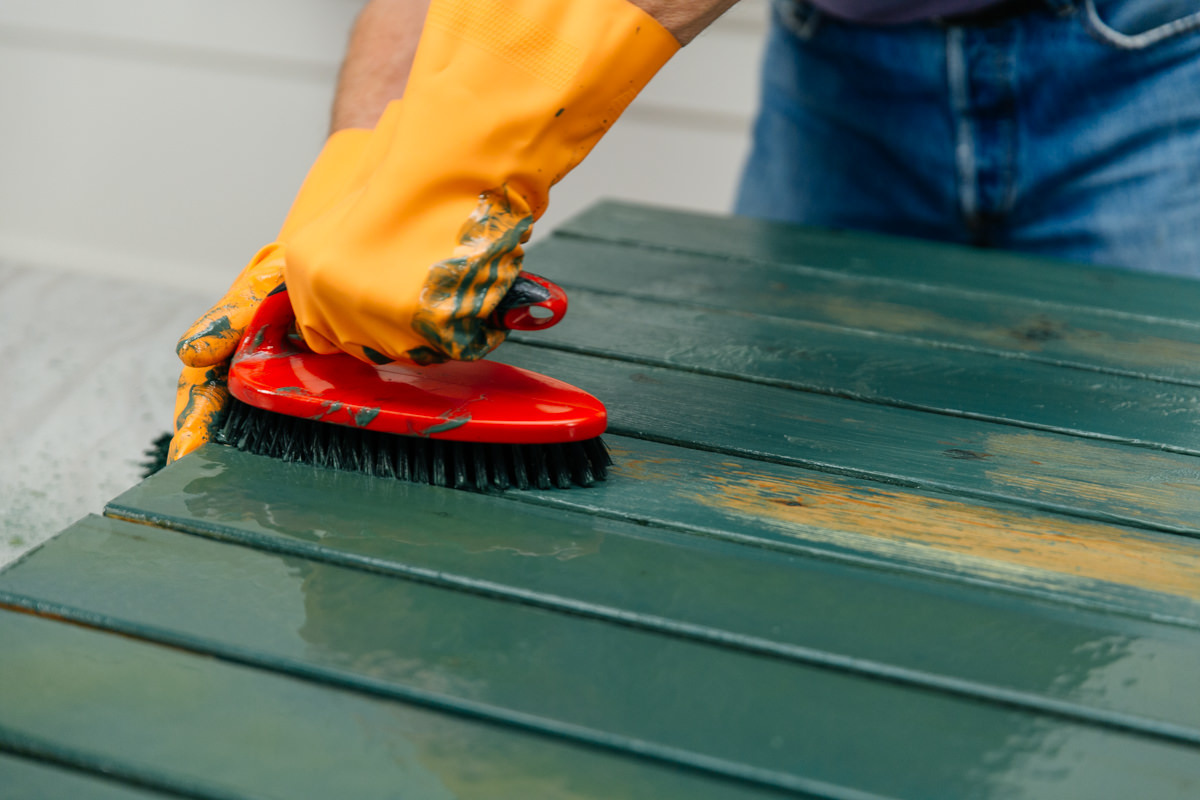
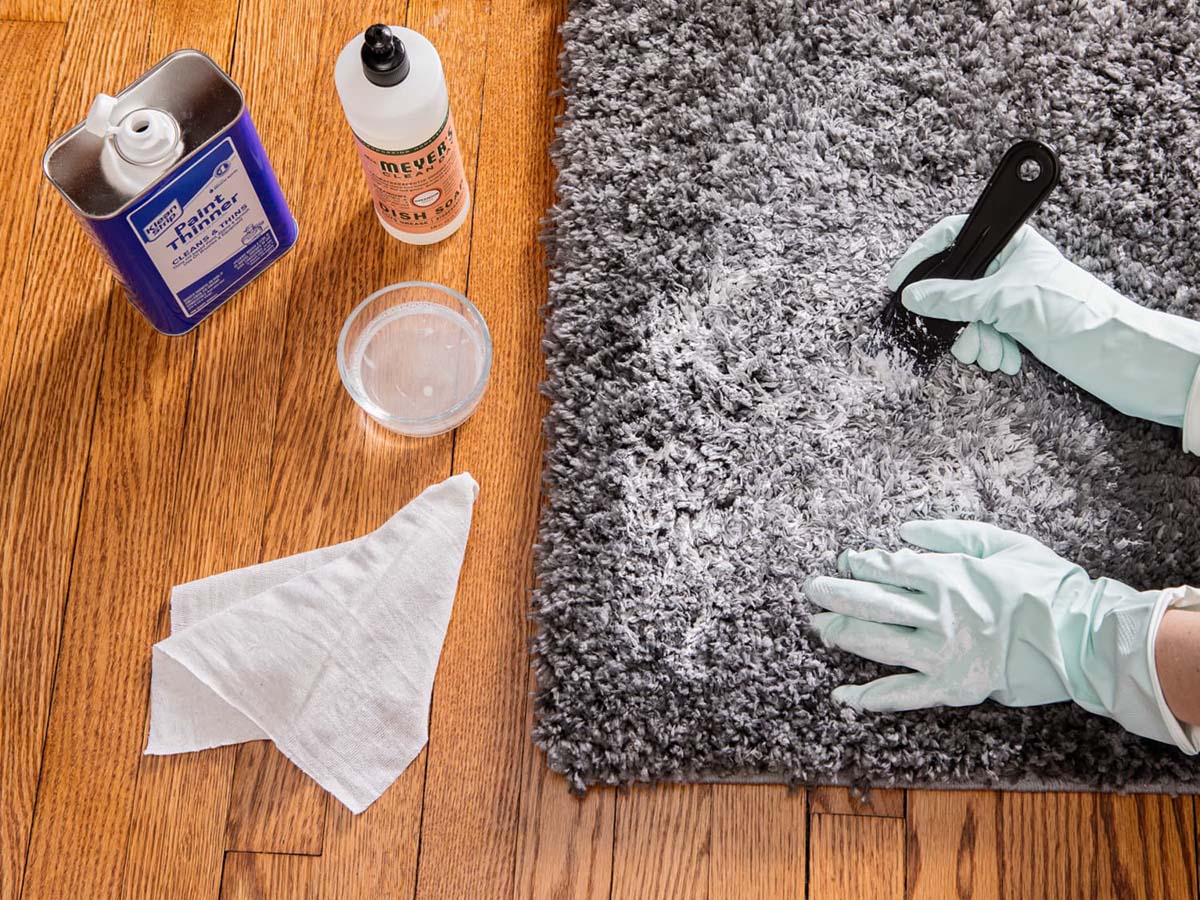
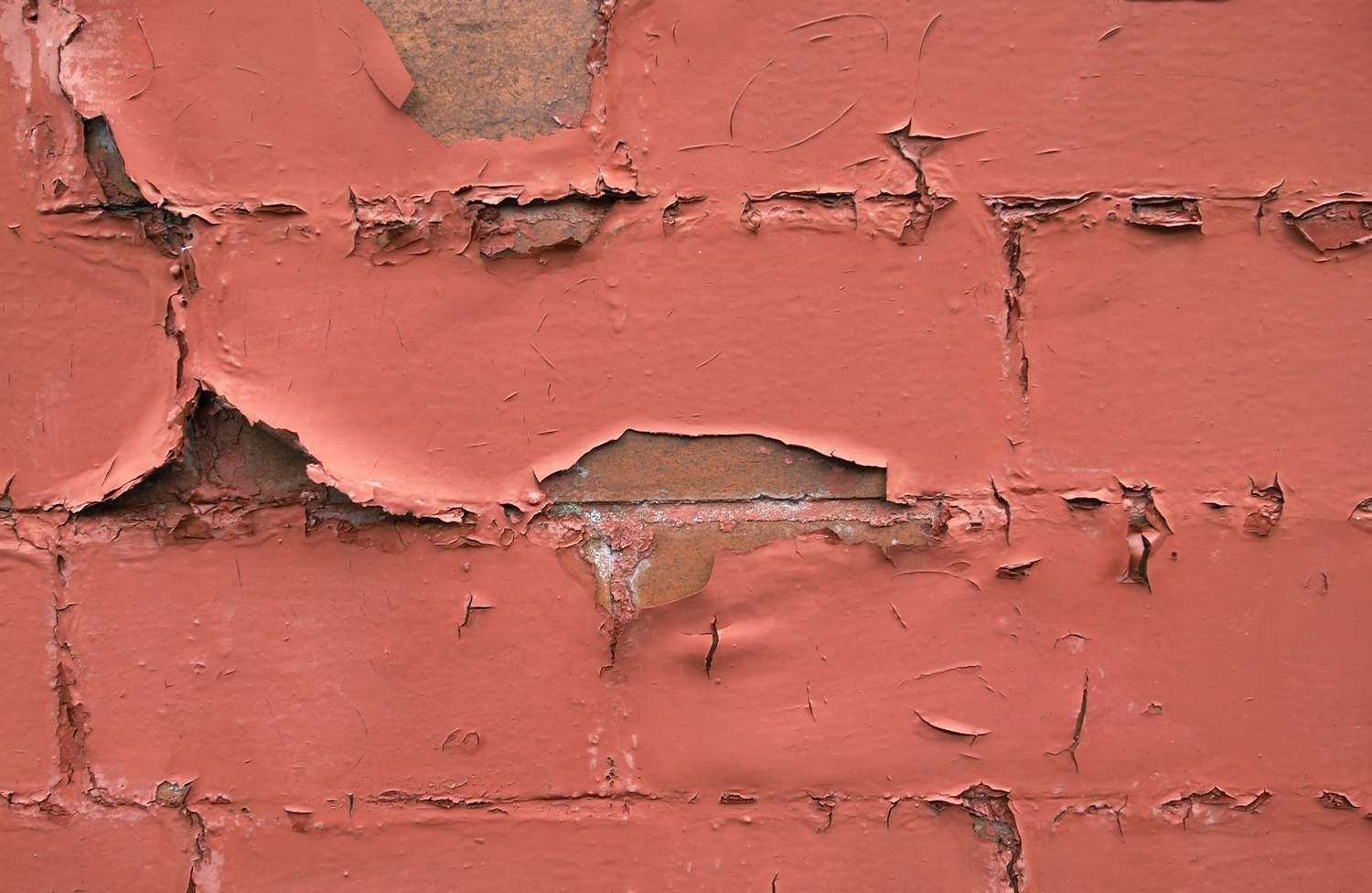
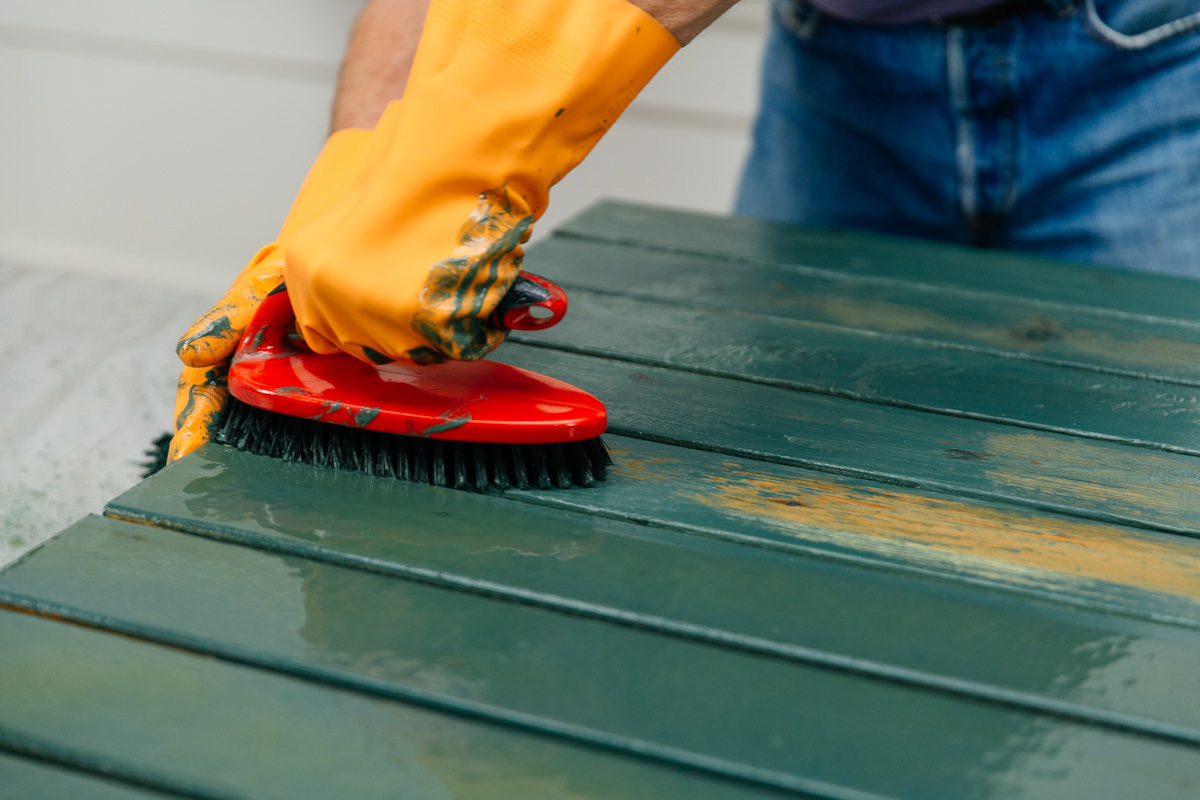

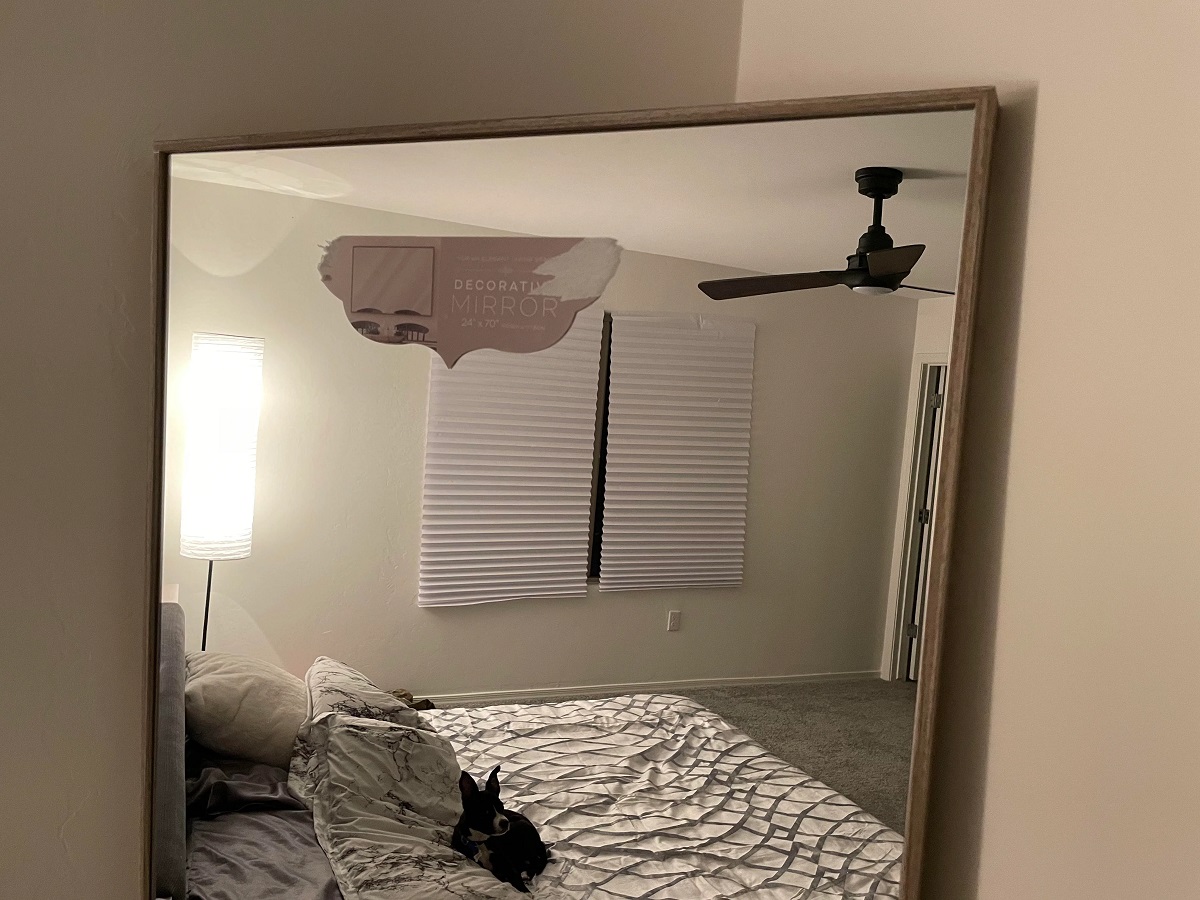
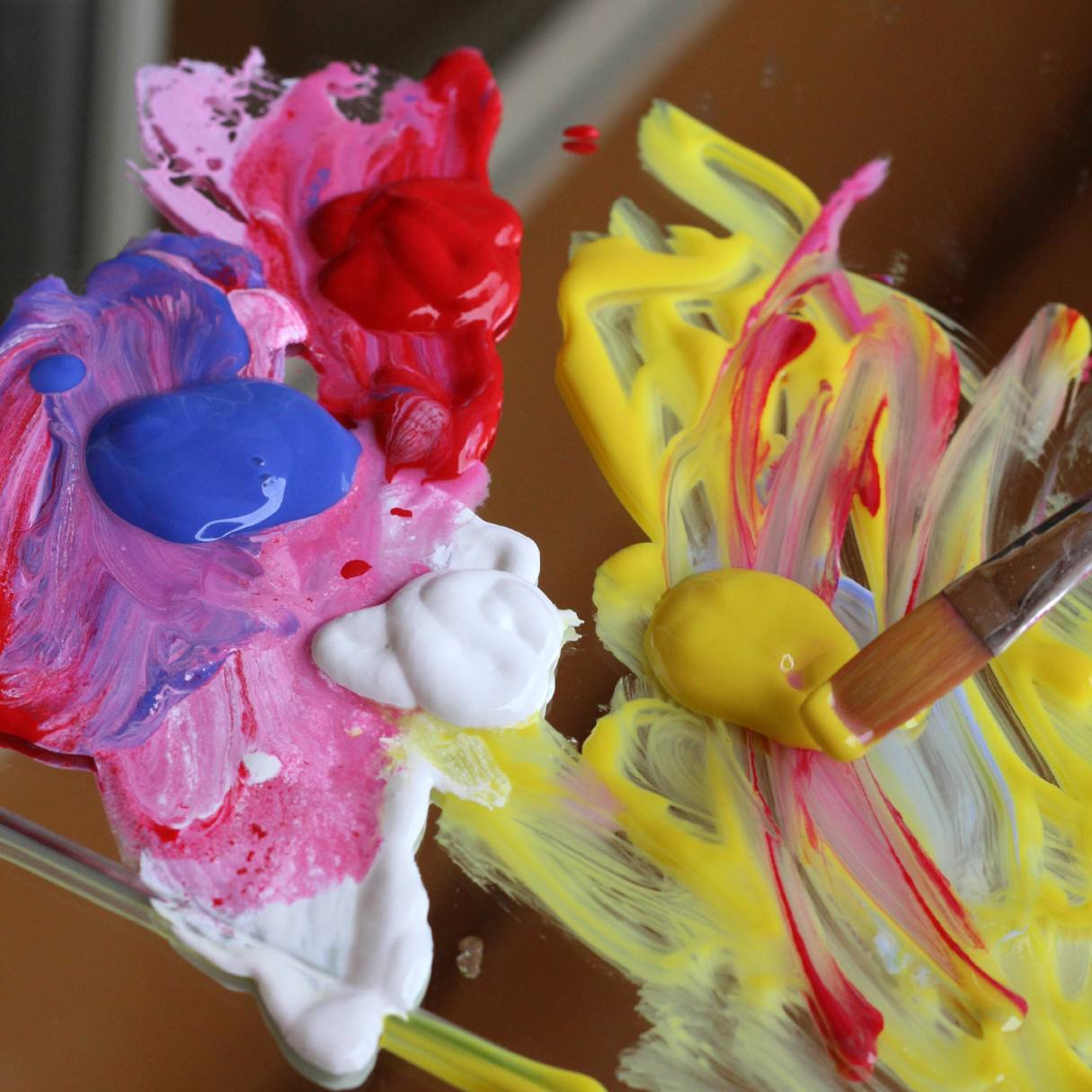

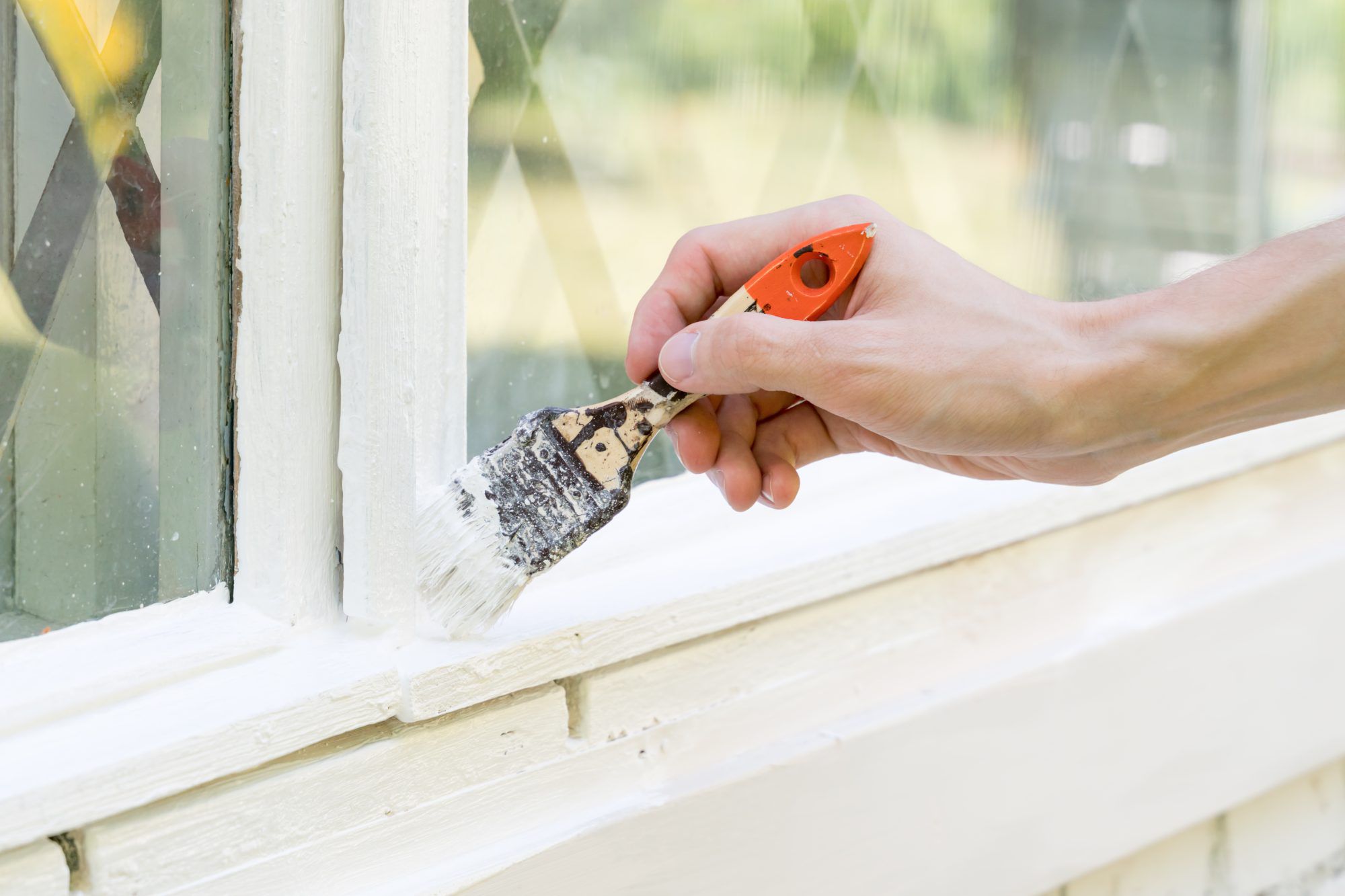
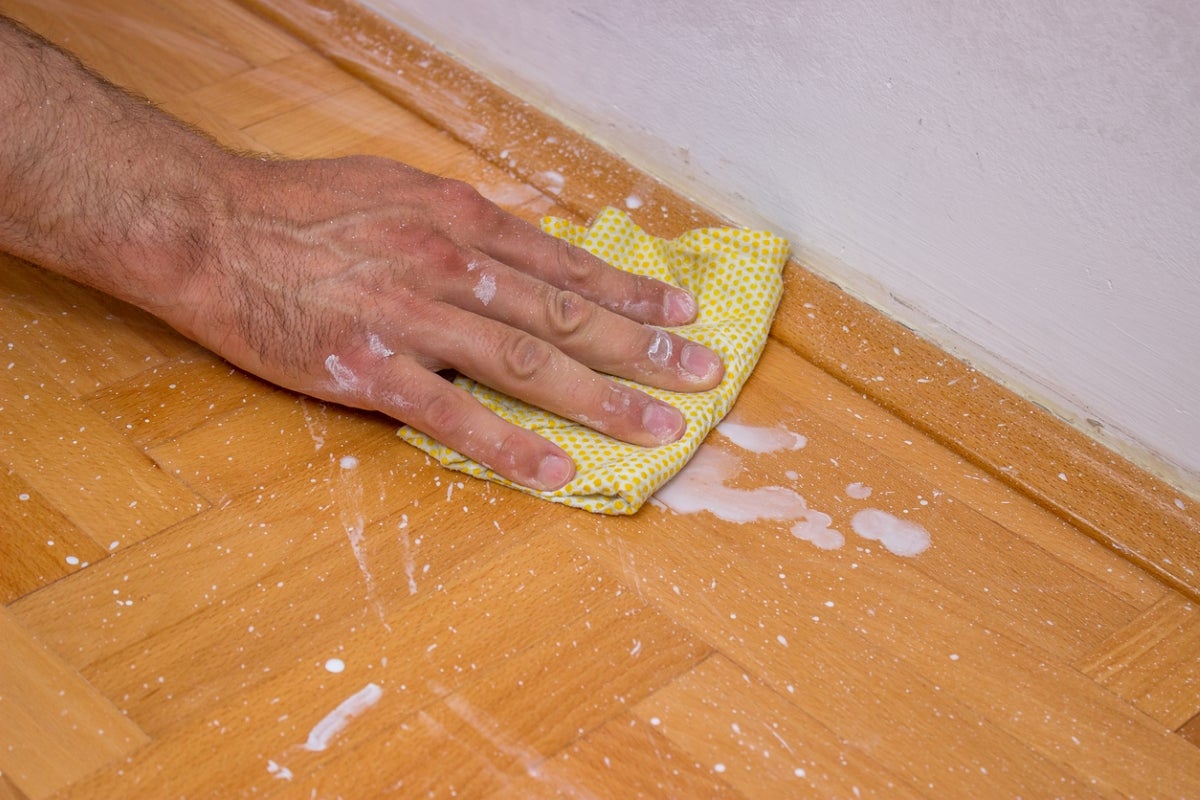

0 thoughts on “How To Get Paint Off Of Mirrors”